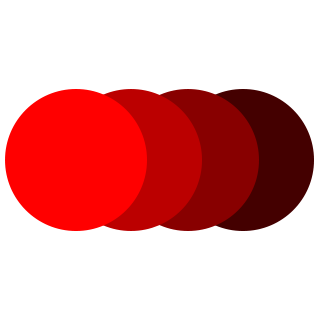
Lea Alhilali: Do You Know How to Tell the Age of Blood on MRI?
Lea Alhilali, Neuroradiologist at HonorHealth Research Institute, shared a post on X:
“Age isn’t just a number!
Do you know how to tell the age of blood on MRI?
This post shows you how to date blood on MRI so that the next time you see a hemorrhage, your guess on when it happened will always be in the right vein!
No one likes the crazy mnemonic about babies and daddies
But if you look at the mnemonic, you will notice that T1 signal is all you need to tell if blood is acute, subacute or chronic.
Remember 2 basic MRI rules:
(1) Remember T1 loves protein. More protein = brighter on T1. I remember this bc T1 looks like the T & I in protein
(2) T2 loves water. Fluid is bright on T2. This is easy bc there’s a 2 in H2O.
ACUTE BLOOD
–First hours, basically blood just poured out of the artery.
–How does T1 feel about acute blood? Acute blood has water w/little protein
–Get some love from T1 for the little protein, isointense on T1.
SUBACUTE BLOOD
–Subacute = blood gets oxidized.
–Why an apple or a steak turns dark when it’s left out
–Hemoglobin becomes methemoglobin.
–Cells will begin to lyse & water content is lost = more dense protein.
–More protein means HIGH T1 signal.
CHRONIC
— Proteins lyse, including heme, releasing iron
–Iron clumps to make ferritin/hemosiderin.
–Neither T1 or T2 sequences like metals like ferritin/hemosiderin.
–Remember: metal doesn’t mix well w/protein (cuts right through it) or water (together water and iron make rust).
Hopefully this post will age well!”

Continue Reading on Hemostasis Today.
-
Jan 7, 2026, 13:57Joshua Muia: Delighted to Welcome X. Long Zheng for a Versiti Seminar on TTP
-
Jan 7, 2026, 13:40Marilena Vrana Invites You to IPPC2026
-
Jan 7, 2026, 13:32Carlos Villa Joins Versiti Blood Research Institute
-
Jan 7, 2026, 13:21Bartosz Hudzik: New Evidence on “Aspirin Failure” After Ischemic Stroke
-
Jan 7, 2026, 08:50Fahad Khaliq on When is Ticagrelor Preferred Over Other Antiplatelets
-
Jan 7, 2026, 06:41Zain Khalpey on AI Driven Risk Prediction for Optimization of Anticoagulation in LVAD
-
Jan 7, 2026, 05:47Michael Makris: The Wakley Prize Essay Published in Today’s Lancet is an Excellent Read
-
Jan 7, 2026, 05:36Pierre F Sabouret Shares A Study on the Risk of Cardiovascular Death in SIDs
-
Jan 7, 2026, 05:15Glaivy Batsuli Reflects on ASH25
